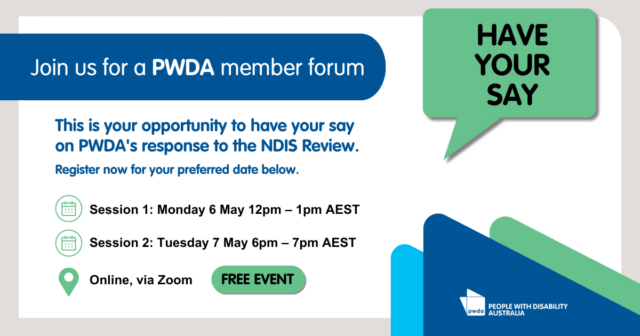Aviation sector welcomes updated EASA-ECDC Aviation Health Safety Protocol calling for harmonised and risk-based COVID-19 travel measures – Member States must now implement
- Report acknowledges positive epidemiological developments across Europe and low risk of virus spread during air travel.
- Risk-based approach will make travel easier for passengers by avoiding duplication of checks throughout the journey, including for transfer passengers.
- For first time ever, protocol supports the use of Rapid Antigen Tests and recognises potential capacity constraints at airport terminals due to continued physical distancing requirements.
Brussels and London – Leading aviation associations[1] welcomed the European Union Aviation Safety Agency (EASA) and European Centre for Disease Prevention and Control (ECDC)’s latest COVID-19 Aviation Health Safety Protocol, which acknowledges the positive epidemiological developments across Europe and low risk of virus transmission during air travel as part of updated measures to keep travel safe and smooth for passengers this summer. For the first time ever, the Protocol supports the use of Rapid Antigen Tests, particularly for passengers travelling from high-risk areas — and also calls for harmonization of the measures across Europe. This follows this week’s adoption of the latest Council Recommendation supporting the restart of intra-EU and third country travel, making use of the EU’s Digital COVID Certificate (DCC) system. Member States must now implement the DCC system by 01 July. Already 15[2] EU countries have connected their national certificate systems to the EU gateway ahead of the deadline.
The updated ProtocoI echoes the Council Recommendation, proposing that, “people who are fully vaccinated against COVID-19 or who recovered from the disease in the last 180 days should not be subject to testing or quarantine, unless they are coming from an area of very high risk or where a Variant of Concern is circulating. For travel from such destinations, the requirement for a negative test could be considered. This could be either a Rapid Antigen Detection Test (RADT) taken no more than 48 hours before arrival or a PCR test no more than 72 hours before arrival.”
In a joint statement, the six associations said: “Protection of public health, including that of our staff and our passengers, continues to be aviation’s number one priority throughout this pandemic. Following successful vaccination programmes across Europe and an improved epidemiological outlook, these updated guidelines are very timely and will help to ensure a smooth and safe passenger journey. We are counting on EU Member States to now play their part and update the existing measures accordingly, so that passengers know what to expect. This is crucially important for restoring passenger confidence and to help our sector’s recovery”.
The associations further welcome the following updates to the Protocol:
- Flexibility regarding the requirement for continued physical distancing at airports, given that only fully vaccinated, recovered or tested passengers will be travelling. This will help ease operational challenges posed by the previous physical distancing measures. Both airports and aircraft continue to be extremely safe environments.
- From a health safety perspective, verification of the DCC is best organised prior to departure;
- Testing, where required, should be carried out before a flight rather than upon arrival or during transit;
- Document checks should be limited to one single check prior to travel. Repeated checks, e.g. also upon arrival, serves very little medical purpose and could lead to unnecessary queuing.
Europe now has all the tools: the DCC, a digital Passenger Locator Form (dPLF) and Council Recommendations on international and intra-EU travel to ensure a safe and smooth reopening of air travel this summer. As vaccination rates increase and the epidemiological situation further improves, the five associations expect the last preventative measures to be further scaled back or removed as appropriate, in line with a reduction in the overall risk level.








